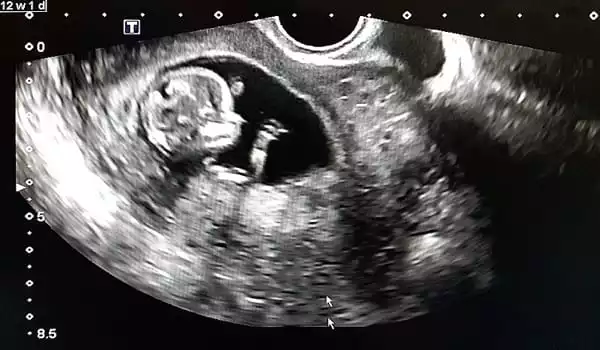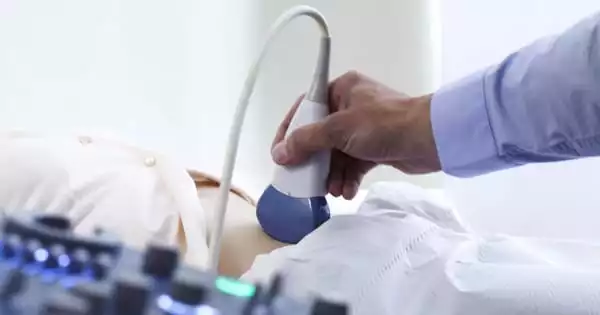Autism Spectrum Disorder is a lifelong developmental condition that has a significant impact on an individual’s behavior and ability to connect with others. It is distinguished by confined or repetitive interests, hobbies, or behaviors, as well as difficulties with social contact and communication.
It is a spectrum disorder because each person with autism has a varying level of severity of these symptoms; some may lead reasonably normal lives, while others may require long-term supportive care. One disorder on the ‘high-functioning’ end of the spectrum is Asperger’s Syndrome.
A regular prenatal ultrasound in the second trimester can detect early indications of Autism Spectrum Disorder (ASD), according to a new study from Ben-Gurion University of the Negev and Soroka Medical Center. The Azrieli National Centre for Autism and Neurodevelopment Research has published their findings in the peer-reviewed journal Brain.
Prenatal or pregnancy screening determines the likelihood of the presence of a problem but does not provide a definitive answer. These tests include looking for chromosomal abnormalities or neural tube defects (such as spina bifida) in the baby’s blood or measuring the baby’s neck to see if he or she has Down Syndrome.
Doctors can utilize these signals, which are detectable during a regular ultrasound, to assess the likelihood of the kid being born with ASD. Our findings show that certain kinds of ASD, such as those involving other organ defects, can begin and be diagnosed in utero.
Prof. Idan Menashe
The researchers evaluated data from hundreds of prenatal ultrasound scans from the fetal anatomy study, which was conducted during the third trimester of pregnancy. They discovered heart, kidney, and head defects in 30% of fetuses who later developed ASD, which is three times greater than the rate reported in generally developing fetuses in the general population and twice as high as their typically developing siblings.
Abnormalities were found more frequently in girls than in boys, and the severity of the anomalies was similarly associated to the severity of ASD later on. This and other studies will be reviewed during the Israeli Meeting for Autism Research, which will be place at BGU on February 15-16.
Prof. Idan Menashe, a member of the Centre and the Department of Public Health in the Faculty of Health Sciences, led the research with his MD/Ph.D. student Ohad Regev.

“Doctors can utilize these signals, which are detectable during a regular ultrasound, to assess the likelihood of the kid being born with ASD,” explains Prof. Menashe. “Previous research has found that children born with congenital illnesses, particularly those affecting the heart and kidneys, have an increased risk of having ASD. Our findings show that certain kinds of ASD, such as those involving other organ defects, can begin and be diagnosed in utero.”
Autism can’t be diagnosed in the womb or embryos yet because experts don’t know exactly what causes it. It is a genetic condition, but there are many different combinations of genes that may result in a diagnosis of ASD. Environmental factors may also play a part. It is not something specific that shows up in the mother’s blood or the foetus’ cells, it is usually only characterised by early behaviour. Experts and opponents consider that it will only be a matter of time, however.
A prior study conducted by the Centre discovered that early diagnosis and treatment boosted social ability threefold. Prenatal diagnosis could mean starting treatment at birth rather than waiting until age 2 or 3 or even later.
Autism spectrum disorder (ASD) can be difficult to diagnose because there is no medical test, such as a blood test, to do so. To determine a diagnosis, doctors examine the child’s developmental history and behavior.
ASD can sometimes be recognized in children as young as 18 months. A diagnosis from an experienced practitioner can be deemed reliable by the age of two. Many youngsters, however, do not obtain a definite diagnosis until they are considerably older. Some people do not receive a diagnosis until they are teenagers or adults. Because of this delay, people with ASD may not receive the necessary early intervention.
It is critical to diagnose children with ASD as early as possible in order to ensure that they receive the assistance and supports they require to attain their full potential. This procedure consists of multiple steps.





